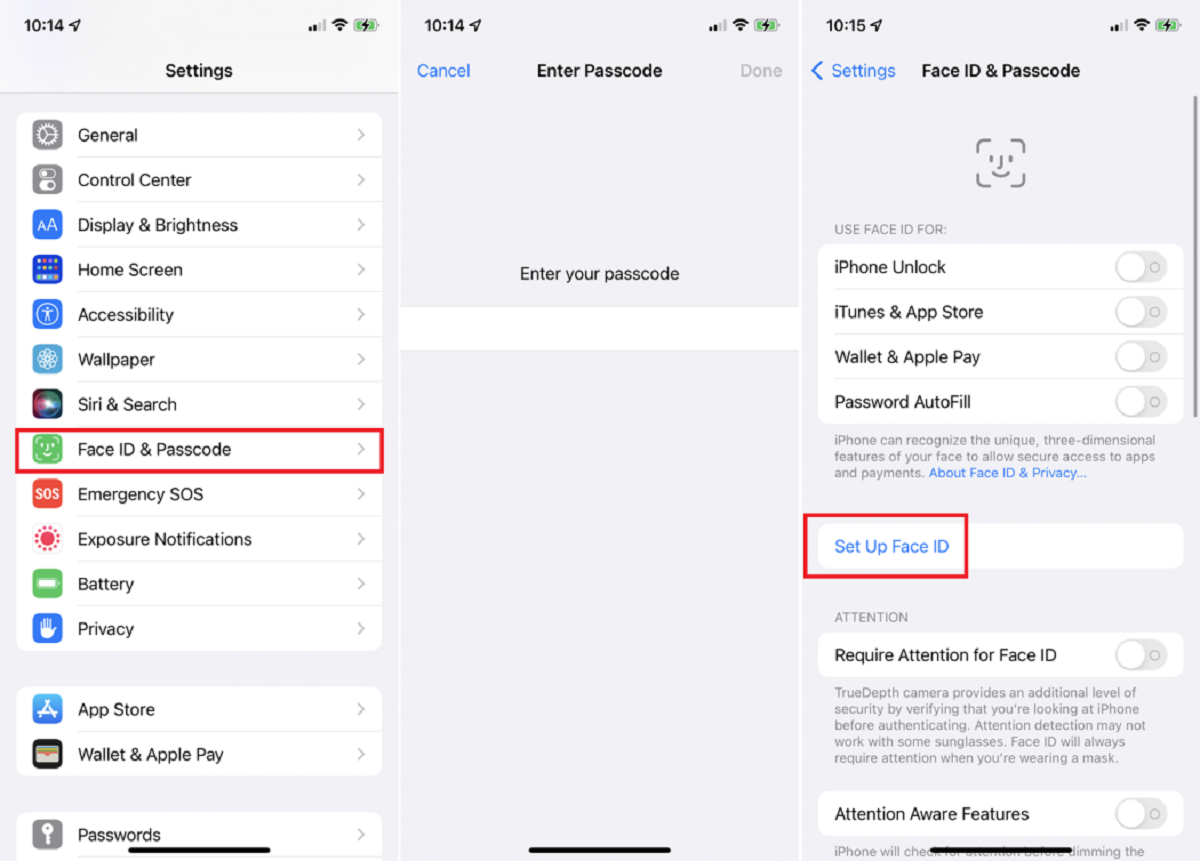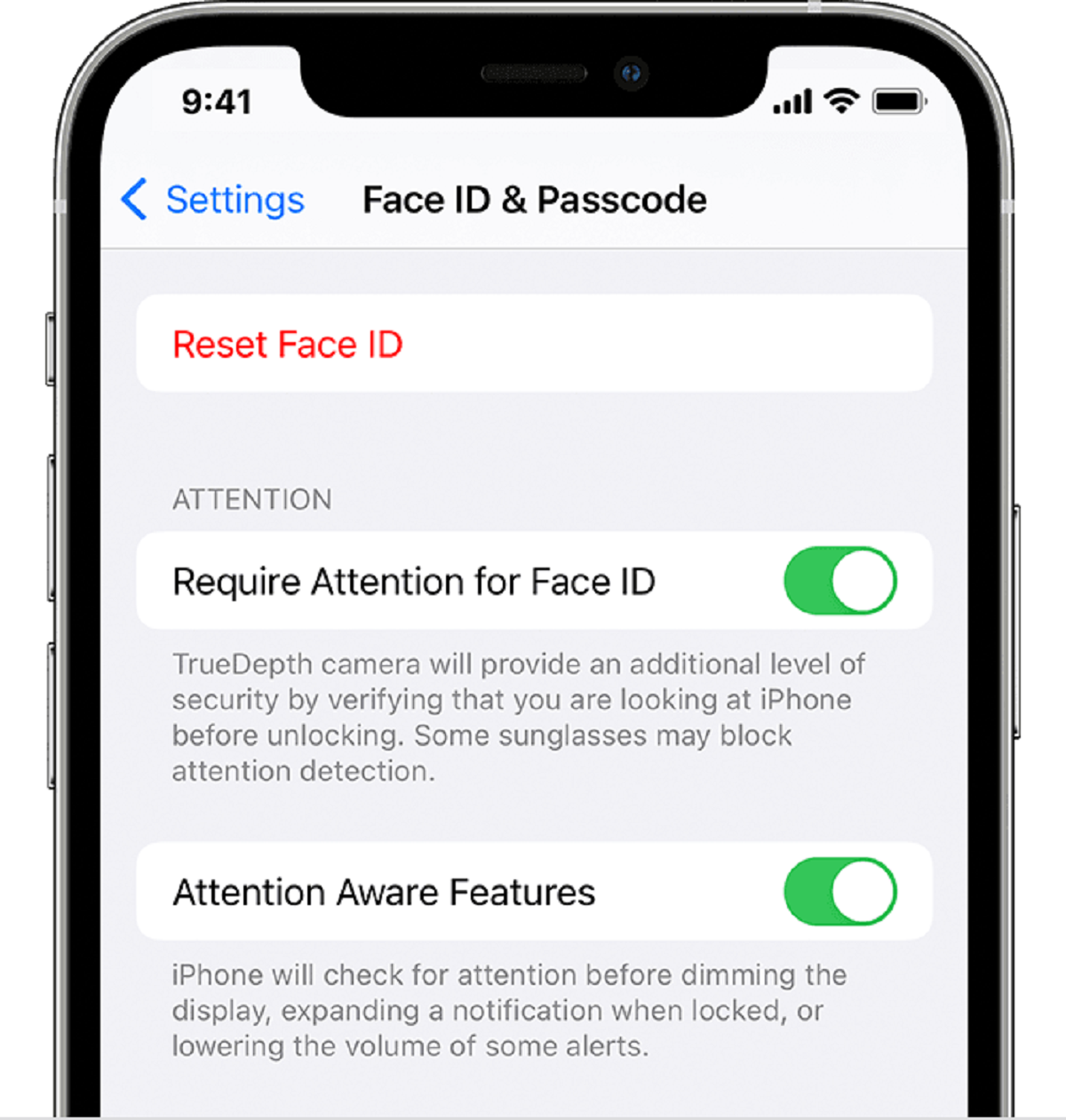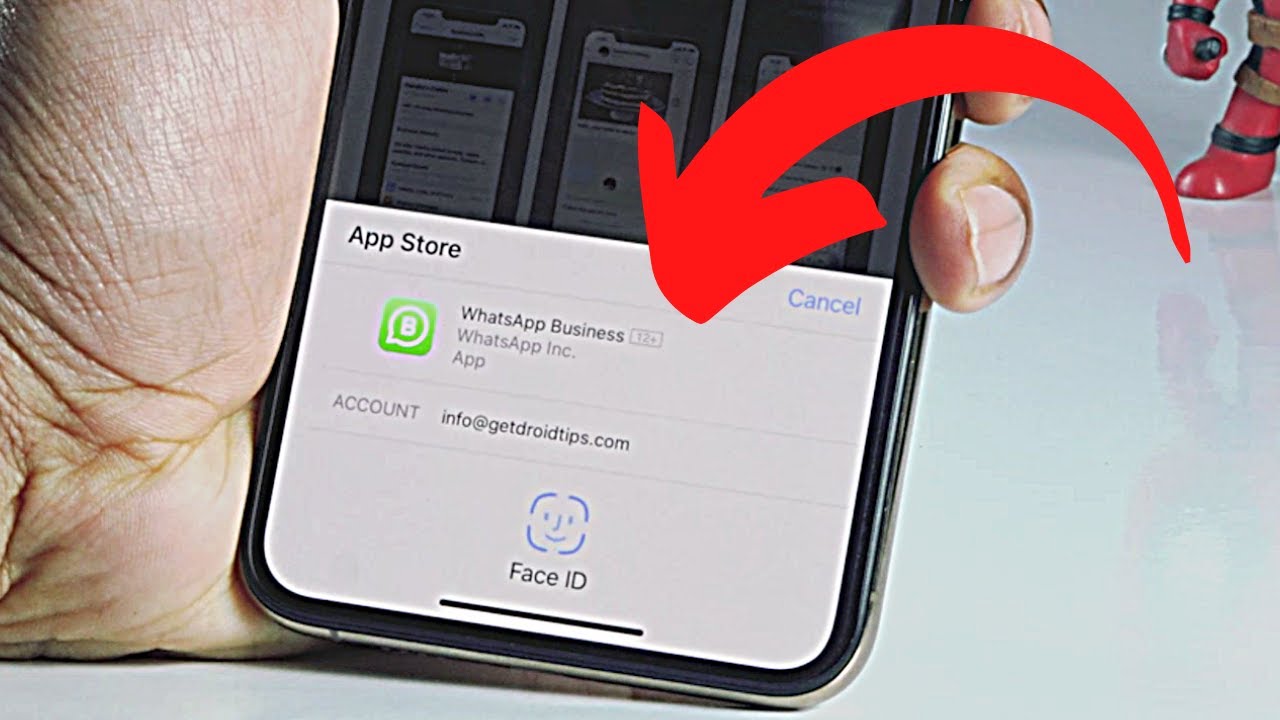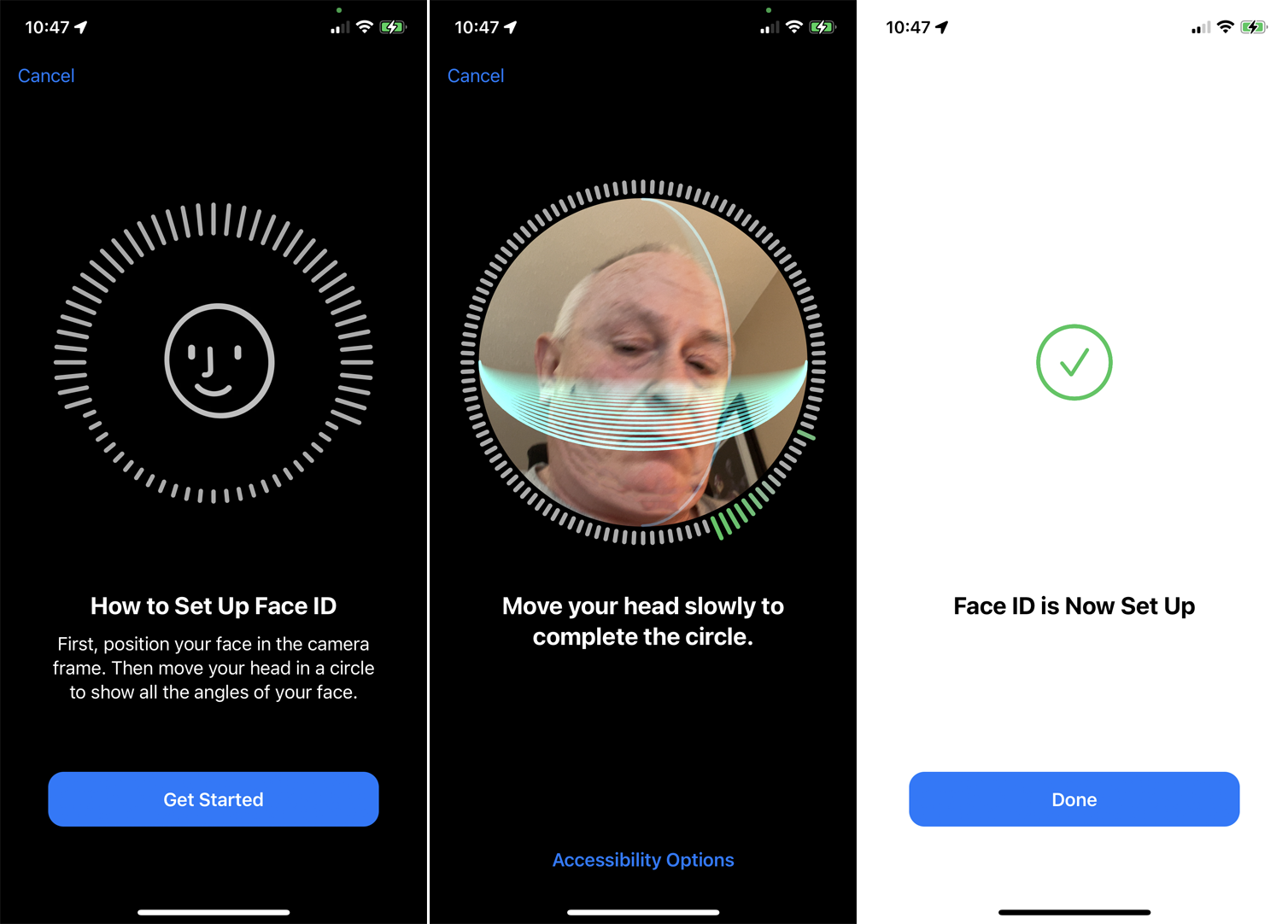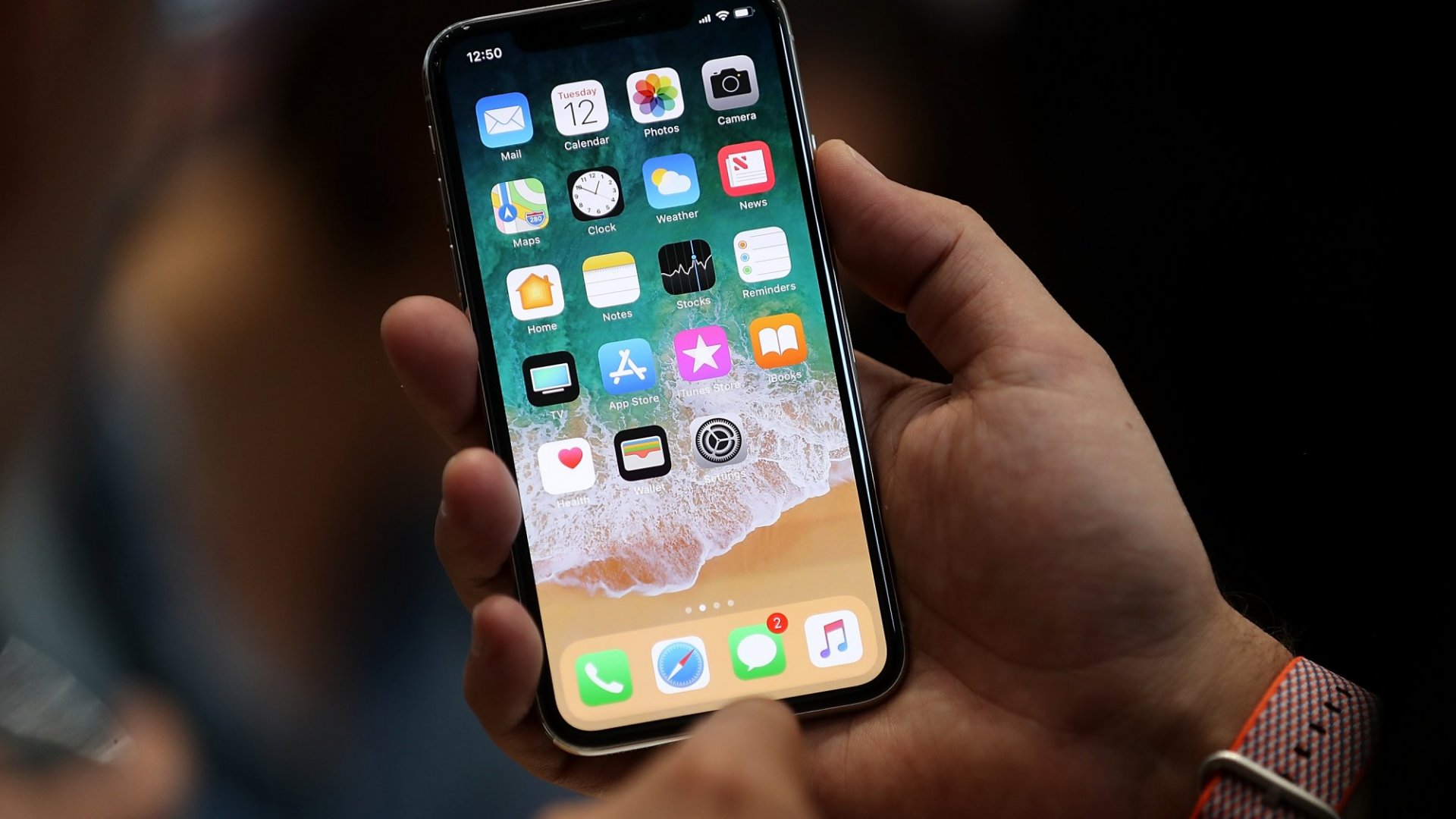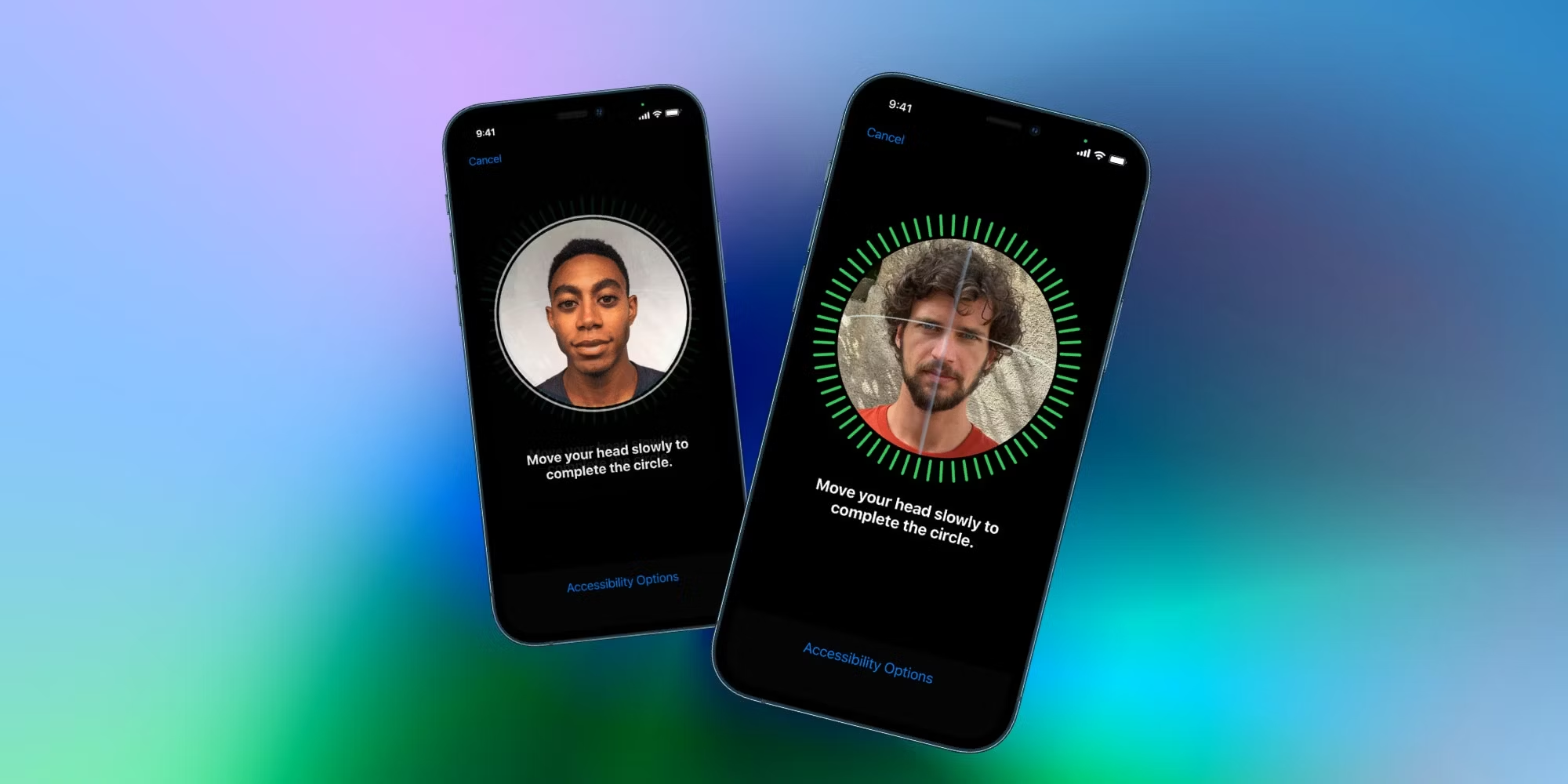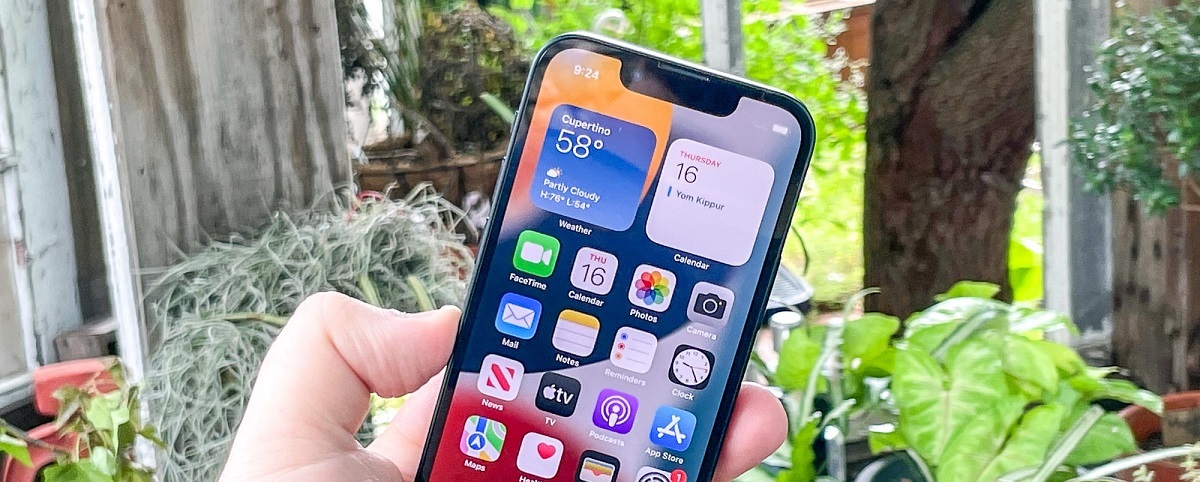Introduction
As technology continues to advance, so does the security measures implemented on our devices. One such security feature that has gained tremendous popularity is Face ID, which allows users to unlock their devices and authenticate various functions simply by scanning their face. With the release of the iPhone 11, Apple introduced an enhanced Face ID system that offers improved speed and accuracy. In this article, we will explore how to add Face ID on the iPhone 11, the requirements for enabling it, and how to set it up correctly.
Face ID revolutionizes the way we interact with our smartphones by providing a seamless and secure authentication process. Rather than relying on a passcode or fingerprint, Face ID uses advanced facial recognition technology to identify the owner of the device. This not only enhances security but also offers a convenient and effortless way to access our iPhones.
Before diving into the setup process, it is important to note the prerequisites for enabling Face ID on the iPhone 11. Firstly, you need to ensure that your device is running on iOS 13 or later, as Face ID is not available on older operating systems. Additionally, your iPhone 11 must have a front-facing TrueDepth camera, which is responsible for capturing and analyzing the unique features of your face. Without these requirements, Face ID will not be available as an option on your device.
Setting up Face ID on your iPhone 11 is a straightforward process, but it is crucial to follow the instructions carefully to ensure the best results. Once Face ID is enabled, you can use it to unlock your device, authenticate app purchases, and even log in to various apps and websites securely. However, it is essential to remember that Face ID is not foolproof, and you may encounter certain issues or limitations. In the following sections, we will explore each step in detail, from scanning your face to troubleshooting common Face ID problems.
How Face ID works
Face ID utilizes a combination of hardware and software components to accurately identify and authenticate your face. The TrueDepth camera, located in the notch at the top of the iPhone 11’s display, plays a critical role in this process. It consists of several components, including an infrared camera, flood illuminator, and dot projector, which work together to capture and analyze the unique characteristics of your face.
When you set up Face ID, the TrueDepth camera captures a detailed map of your face by projecting and analyzing more than 30,000 invisible infrared dots. These dots create a depth map and infrared image, which are processed by the Neural Engine, a dedicated chip in the iPhone 11’s A13 Bionic processor. The Neural Engine converts the captured information into a mathematical representation called a facial signature or Face ID data.
Once your Face ID data is created, it is encrypted and securely stored in the iPhone’s Secure Enclave, a separate hardware component that ensures the confidentiality and integrity of your personal information. This secure storage helps protect your Face ID data from unauthorized access and ensures that it remains private, even if your device is compromised.
When you attempt to unlock your iPhone 11 or authenticate an app or purchase, the TrueDepth camera scans your face and compares it with the stored Face ID data. The algorithms in the Neural Engine analyze the facial features, such as the distance between your eyes, the shape of your nose, and the contours of your face, to determine if it matches the stored data within a certain tolerance.
If the facial recognition is successful and the match is within the acceptable tolerance, your iPhone 11 will unlock, granting you access to the device or the specific app you’re trying to authenticate. This entire process happens in a matter of milliseconds, allowing for seamless and almost instantaneous authentication.
It’s worth noting that Face ID is designed to adapt and improve over time. With each successful authentication, the Neural Engine refines and updates the Face ID data to account for changes in your appearance, such as growing a beard, wearing glasses, or aging. This dynamic learning capability ensures that Face ID remains accurate and reliable, even as your face undergoes subtle changes.
Requirements for enabling Face ID on iPhone 11
Before you can enable and use Face ID on your iPhone 11, there are a few key requirements that you need to meet. Ensuring these prerequisites are in place will enable a smooth and reliable Face ID experience.
First and foremost, your iPhone 11 must be running on iOS 13 or later. Face ID is a feature introduced with iOS 11 and has since been improved with subsequent updates. To check your iOS version, go to “Settings” > “General” > “About” and look for the “Software Version” field. If your device is not on iOS 13 or later, you will need to update it before you can enable Face ID.
Additionally, Face ID requires a front-facing TrueDepth camera, which is present in the iPhone 11, iPhone 11 Pro, and iPhone 11 Pro Max. This advanced camera system includes various components, such as an infrared camera, flood illuminator, and dot projector, that work together to capture precise facial data for authentication. Older iPhone models, such as the iPhone SE (2nd generation), iPhone XR, iPhone XS, and iPhone XS Max, lack the TrueDepth camera and do not support Face ID.
It is important to note that Face ID relies on your face being visible to the TrueDepth camera. As such, certain factors can affect its performance. Wearing a face covering, such as a mask or scarf, may hinder the system’s ability to recognize your face. In situations where face coverings are necessary, such as during a pandemic, you may need to temporarily disable Face ID or rely on alternative authentication methods, like entering your passcode.
Another requirement is that your face needs to be within the field of view of the TrueDepth camera to ensure optimal scanning. Keeping your device at eye level and avoiding extreme angles can help achieve accurate recognition. Additionally, adequate lighting conditions are essential for Face ID to work effectively. The TrueDepth camera relies on infrared technology to capture facial details, which means it can operate in various lighting conditions, including low light. However, extremely dim or bright environments may negatively impact Face ID’s performance.
Lastly, it is vital to have a clear, unobstructed view of your face when setting up Face ID and during authentication. Remove any accessories or objects that may cover your face, such as hats, glasses, or excessive makeup. Also, make sure your face is not obstructed by your hand or hair. A clear and direct line of sight between your face and the TrueDepth camera will result in more accurate and reliable facial recognition.
Setting up Face ID on iPhone 11
Setting up Face ID on your iPhone 11 is a quick and straightforward process. Follow the steps below to enable Face ID and enhance the security and convenience of your device.
1. Open the “Settings” app on your iPhone 11.
2. Scroll down and tap on “Face ID & Passcode.”
3. If prompted, enter your passcode to proceed.
4. Tap on “Set Up Face ID” to begin the setup process.
5. Position your face within the frame on the screen and follow the on-screen instructions. You will be instructed to move your head in a circular motion to capture your face from different angles.
6. Once you complete the scanning process, you will see a message stating, “Face ID is now set up.”
7. In the Face ID & Passcode settings, you can choose to enable or disable Face ID for various functions such as unlocking your iPhone, using Face ID for App Store purchases, or autofilling passwords in apps and websites.
It is important to note that during the setup process, Face ID requires you to scan your face twice to ensure accuracy. It is recommended to hold your device around 10 to 20 inches away from your face for optimal results. Following the on-screen instructions and moving your head as instructed will help capture different angles and improve the overall accuracy of Face ID.
Once Face ID is set up, your iPhone 11 will be ready to use facial recognition for various functions, such as unlocking your device, authorizing app installations and purchases, and securely logging in to supported apps and websites. To utilize Face ID, simply raise your iPhone to wake it, look at the screen, and your device will automatically scan and authenticate your face, granting you access to the requested function.
If you have any concerns about privacy and security, it’s worth noting that the facial data captured by Face ID is securely stored on your device and is not accessible by Apple or any third-party apps. The Face ID data is also not included in your iCloud backups or shared with other services.
Scanning your face for Face ID
Scanning your face for Face ID on your iPhone 11 is a crucial step in the setup process to ensure accurate and reliable authentication. Follow these instructions to properly scan your face and optimize the performance of Face ID.
1. Hold your iPhone 11 at a comfortable distance in front of your face, ensuring that your face is within the frame displayed on the screen.
2. Make sure you are looking directly at the TrueDepth camera, which is located in the notch at the top of your iPhone’s display.
3. Keep your head in a natural, upright position and follow the on-screen instructions to move your head in a circular motion. This helps capture your face from different angles and ensures that Face ID can recognize you even when your face is slightly tilted or turned.
4. Slowly and steadily move your head around the circle displayed on the screen while keeping your eyes open and focused on the camera. This allows the TrueDepth camera to capture the necessary data points for accurate face recognition.
5. Continue following the instructions until the scanning process is complete and you receive a notification confirming that Face ID is successfully set up.
During the scanning process, it is important to maintain a clear line of sight between your face and the TrueDepth camera. Avoid obstructing the camera with your hand, hair, or any other objects. Also, make sure your face is well-illuminated and not in shadow or overly bright light, as extreme lighting conditions can impact the accuracy of Face ID.
If you wear glasses, you can set up Face ID while wearing them. Face ID is designed to recognize your face with or without glasses, as long as they are not heavily tinted or obstruct the view of your eyes.
It is important to note that Face ID works best when your face is captured from different angles. By moving your head in a circular motion during the scanning process, you allow Face ID to create a detailed 3D representation of your face, making it more accurate and resistant to spoofing.
If you experience any issues while scanning your face or if Face ID fails to recognize you reliably, try the setup process again, ensuring that you follow the instructions carefully and adjust any factors that may hinder the scanning process (such as lighting or obstructions).
Once you have successfully scanned your face and set up Face ID, you can enjoy the seamless experience of unlocking your iPhone, authorizing app and purchase transactions, and securely accessing various apps and websites with just a glance.
Enabling Face ID for various apps
One of the great advantages of Face ID on your iPhone 11 is the ability to use it as an authentication method for various apps. By enabling Face ID for these apps, you can securely access your personal data without the need to enter a password or PIN. Here’s how you can enable Face ID for different apps on your device.
1. Open the “Settings” app on your iPhone 11.
2. Scroll down and tap on “Face ID & Passcode.”
3. Enter your passcode when prompted to proceed.
4. Scroll down to the bottom and find the section labeled “Use Face ID For.”
5. In this section, you will see a list of different app categories, such as “iPhone Unlock,” “App Store & iTunes,” “Passwords,” and more.
6. To enable Face ID for an app category, simply tap on the toggle switch next to it so that it turns green.
7. For example, if you want to use Face ID to unlock your iPhone, tap on the toggle switch next to “iPhone Unlock.” This will allow you to unlock your device by simply looking at the screen with Face ID.
8. Similarly, you can enable Face ID for other app categories, such as App Store & iTunes, to authenticate app purchases and downloads without needing to enter your Apple ID password.
9. Additionally, you can enable Face ID for the “Passwords” category, which allows you to autofill passwords in apps and websites securely. With Face ID enabled, you no longer need to remember and manually enter passwords for your favorite apps and websites.
By enabling Face ID for various app categories, you can streamline the authentication process and enhance the security of your personal data. With just a glance, you can unlock your iPhone, authorize app purchases, and securely access your passwords without the need for additional steps or remembering complex passwords.
It’s important to note that not all apps and websites support Face ID authentication. However, many popular apps, including banking apps, password managers, and social media platforms, have integrated Face ID as an option for unlocking and accessing your account.
By regularly checking the Face ID settings and enabling it for relevant app categories, you can enjoy the convenience and enhanced security that facial recognition technology provides.
Using Face ID as an alternative to passwords
Face ID on your iPhone 11 offers a convenient and secure way to authenticate your identity without the need for typing passwords or PINs. By using Face ID as an alternative to passwords, you can streamline the login process and enjoy a more seamless user experience. Here’s how Face ID can be utilized as an alternative to traditional passwords.
1. Unlocking your iPhone: With Face ID enabled, you can unlock your iPhone simply by looking at the screen. This eliminates the need to enter a passcode or swipe your finger on the Touch ID sensor. Face ID scans your face and compares it to the stored Face ID data to authenticate your identity and grant access to your device.
2. App authentication: Many apps now offer the option to use Face ID as a login method. Instead of entering usernames and passwords, Face ID can be used to securely authenticate your identity and grant access to your account. This is particularly useful for banking apps, social media platforms, and password managers, where sensitive information is stored.
3. App purchases: Face ID can also be used to authorize app purchases and downloads from the App Store without entering your Apple ID password. By simply scanning your face, you can securely complete transactions, making the buying process faster and more convenient.
4. Autofill passwords: By enabling Face ID for the “Passwords” category in the Face ID settings, you can autofill passwords in apps and websites that support this feature. Face ID will authenticate your face and automatically fill in the corresponding password, eliminating the need to memorize and manually type passwords for each application.
5. Secure login on websites: With iOS 13 and later, Face ID can be used to securely log in to supported websites using Safari AutoFill. Once Face ID authenticates your face, it can automatically fill in the login credentials for the website, making the login process faster and more secure.
Using Face ID as an alternative to passwords not only saves time and effort but also enhances security. Face ID relies on complex facial recognition algorithms and the unique pattern of your face, making it extremely difficult for someone to impersonate you and gain unauthorized access to your device or accounts.
While Face ID provides convenience and security, it’s important to remember that not all apps and websites support this authentication method. Therefore, it’s essential to keep your passwords stored in a secure password manager and use Face ID as an alternative where it is available and appropriate.
By leveraging the power of Face ID, you can enjoy a seamless and secure authentication experience on your iPhone 11, reducing the reliance on traditional passwords and enhancing your overall digital security.
Troubleshooting Face ID issues
While Face ID is a reliable and efficient method of authentication on the iPhone 11, there may be instances when you encounter difficulties or face certain issues. Here are some troubleshooting steps you can take to address common Face ID problems.
1. Ensure that Face ID is properly set up: Double-check the Face ID settings to ensure that you have completed the setup process correctly. Go to “Settings” > “Face ID & Passcode” and make sure the toggle switch next to Face ID is enabled for the desired functionalities.
2. Clean the TrueDepth camera and your face: The TrueDepth camera and the area on your face that it scans should be clean and free from any dirt, dust, or smudges. Use a soft cloth to clean the camera lens and ensure that your face is clean and dry before attempting to use Face ID.
3. Remove any barriers: Face ID may not work properly if there are any barriers between the TrueDepth camera and your face. Remove accessories like hats, scarves, or glasses that may obstruct the camera’s view of your face.
4. Check the lighting conditions: Extreme lighting conditions, such as very bright or dim environments, can affect the performance of Face ID. Make sure you are in a well-lit area without excessive glare or shadows when using Face ID.
5. Adjust the position of your face: Ensure that your face is properly positioned within the frame of the screen when scanning for Face ID. Hold your iPhone 11 at eye level and position your face within the camera’s field of view.
6. Restart your iPhone: If you are experiencing persistent issues with Face ID, try restarting your iPhone. This can help resolve temporary software glitches or conflicts that may be affecting the fingerprint sensor.
7. Update your iOS: It is important to keep your device’s software up to date as Apple often releases software updates that include bug fixes and enhancements for Face ID. Check for any available software updates by going to “Settings” > “General” > “Software Update.”
8. Reset Face ID: If none of the above steps resolve the issue, you may need to reset Face ID and set it up again. To do this, go to “Settings” > “Face ID & Passcode” and tap on “Reset Face ID.” Follow the on-screen instructions to set up Face ID again.
If you continue to experience difficulties with Face ID even after attempting these troubleshooting steps, it is recommended to contact Apple Support or visit an Apple Store for further assistance. They will be able to provide more advanced troubleshooting techniques or determine if there is a hardware issue that needs to be addressed.
Remember to regularly update your iOS and keep your device clean to ensure optimal performance of Face ID and improve its overall reliability.
Conclusion
Face ID on the iPhone 11 is a revolutionary feature that provides a seamless and secure way to unlock your device, authenticate app purchases, and access various apps and websites. By utilizing advanced facial recognition technology, Face ID enhances both convenience and security, making interactions with your iPhone 11 more effortless and protected.
In this article, we explored the process of adding Face ID on the iPhone 11, the requirements for enabling it, and how to set it up correctly. We also discussed how Face ID works, scanning your face for Face ID, enabling it for various apps, and using it as an alternative to passwords. Additionally, we provided troubleshooting steps for common Face ID issues.
Face ID’s ability to quickly and accurately authenticate your identity without the need for passwords or PINs is a game-changer. With just a glance at your iPhone 11, you can unlock your device, authorize app purchases, autofill passwords, and securely log in to supported apps and websites. The convenience and enhanced security offered by Face ID have transformed the way we interact with our devices.
While Face ID is a robust and reliable feature, it’s essential to ensure that you follow the recommended setup process, keep your device and face clean, and be mindful of any potential barriers or lighting conditions. In case of any issues, the troubleshooting steps mentioned in this article can help resolve common problems.
With Face ID on your iPhone 11, you can enjoy a seamless and secure digital experience, knowing that your personal information is protected and readily accessible with just a scan of your face. Embrace the future of smartphone security and make the most of the innovative technology provided by Face ID.









